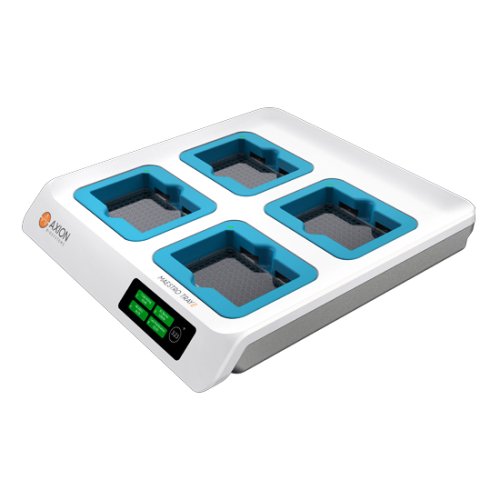
Maestro TrayZ
The Maestro TrayZ™ is a sensitive, live-cell impedance platform for real-time measurement of cell health and function. Continuously monitor up to eight 96-well plates simultaneously and generate accurate, reproducible kinetic data using cellular impedance. It features a slim, multiplate tray designed to easily fit in an incubator without requiring the whole incubator.
With easy-to-run assays and clear results, the Maestro TrayZ platform is ideal for cytotoxicity, cell growth, adhesion, immune cell-mediated killing, TEER/barrier function, wound healing, GPCR signaling, viral cytopathic effects, and more. Save time, cut costs, and simplify your workflow with Maestro TrayZ.
For Research Use Only. Not for use in diagnostic procedures.
Key Features
Multiplate live-cell analysis system
>> Continuous live-cell monitoring
The Maestro TrayZ platform performs noninvasive, label-free electrical measurements from the cultured cell population, circumventing the use of dyes/reporters that can perturb your cell model and confound results. Track activity in real time over hours, days, and weeks.
>> Expand to meet your needs
With one tray, measure up to four plates at once, or link multiple trays together to increase your throughput to meet your needs.
>> Manage multiple experiments at the device
Barcode tracking ensures there are no mix-ups. As soon as a plate is docked, recording begins without having to run back and forth to a computer.
>> Review your results faster
The Impedance module with AxIS Z™ software provides a simplified approach to the setup, execution, and analysis of experiments.
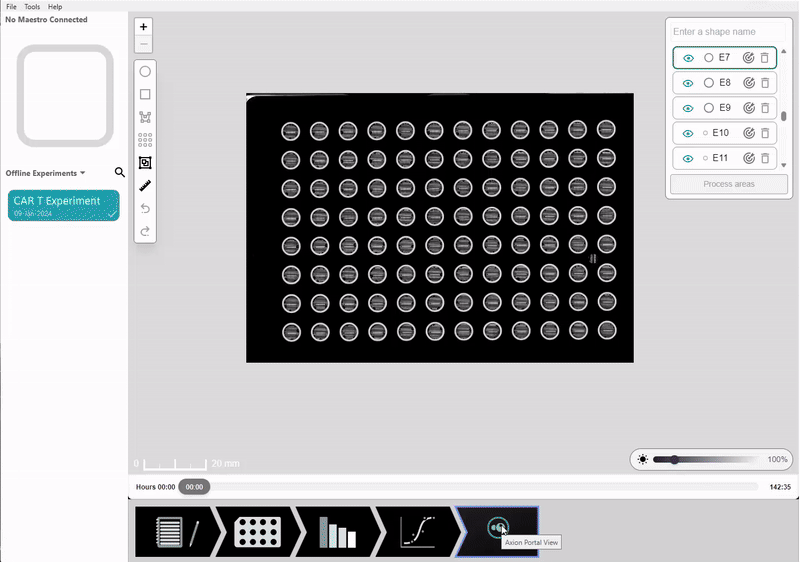
Multiplex your assay: Maestro + Omni
>> Platform cross-compatibility lets you view live-cell imaging alongside real-time, functional data to enhance your analysis
>> Monitor electrode coverage and cell morphology to ensure consistent, quality results
>> Experience no-hassle tracking—the Axion Portal automatically links data via barcode
Overview
Maestro TrayZ overview
Accurately evaluating cellular activity in vitro is essential for scientists and drug developers, but conventional endpoint assays can disturb the underlying biology or miss important events during cell proliferation, death, and signaling. With continuous, label-free, impedance-based monitoring of your cells in real time, Axion BioSystems’ next-generation Maestro TrayZ overcomes these limitations—providing a high-throughput platform to accelerate the development of urgently needed immunotherapies, ensure the quality of cell-based products, identify potential antivirals, and investigate other complex cellular behavior in vitro.
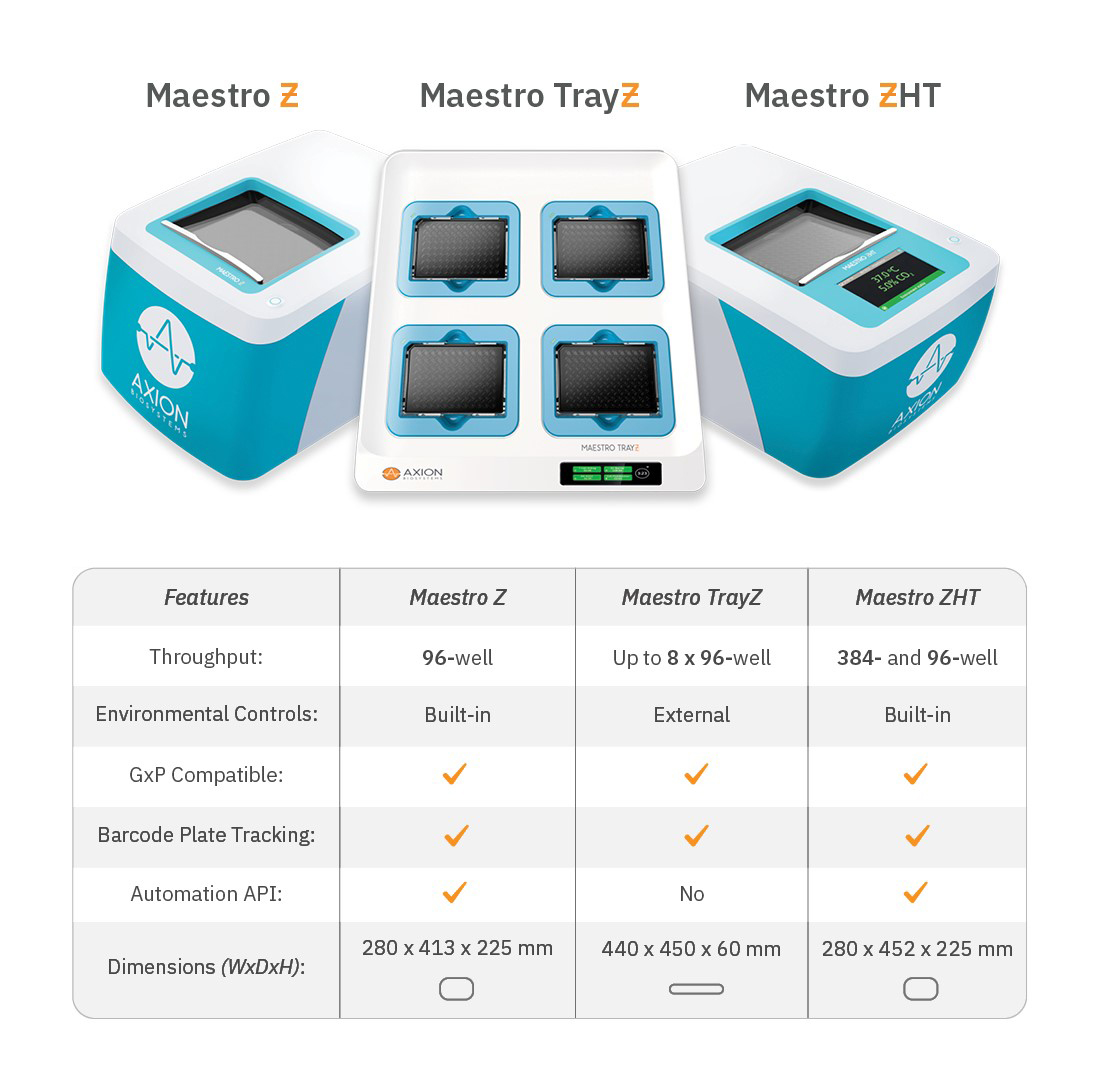
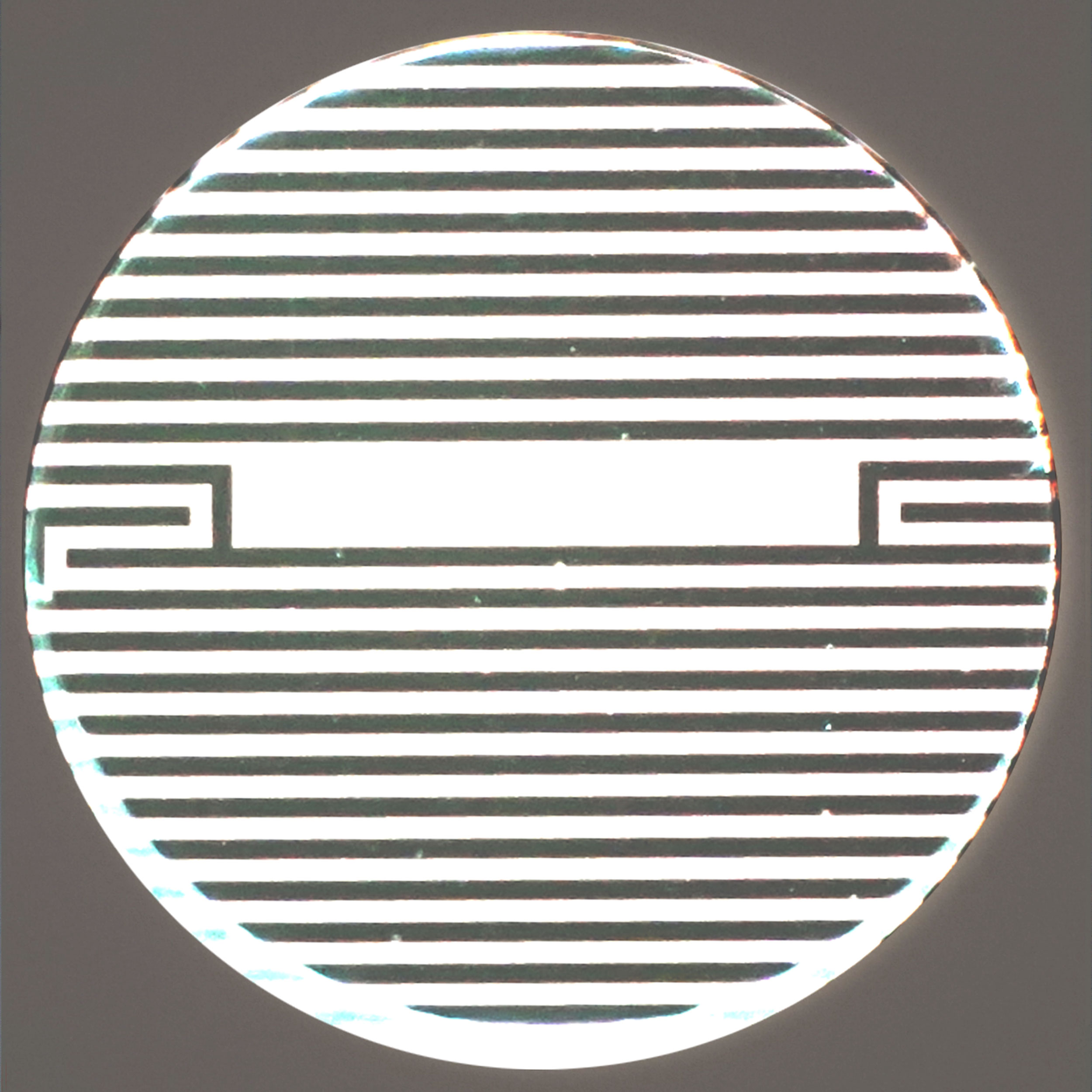
Consumables
The Maestro TrayZ system is compatible with the 96-well impedance assay plate.
CytoView-Z™ – The Maestro impedance plate with a transparent well bottom for cell visualization and assay multiplexing. Available in 96-well plate formats.
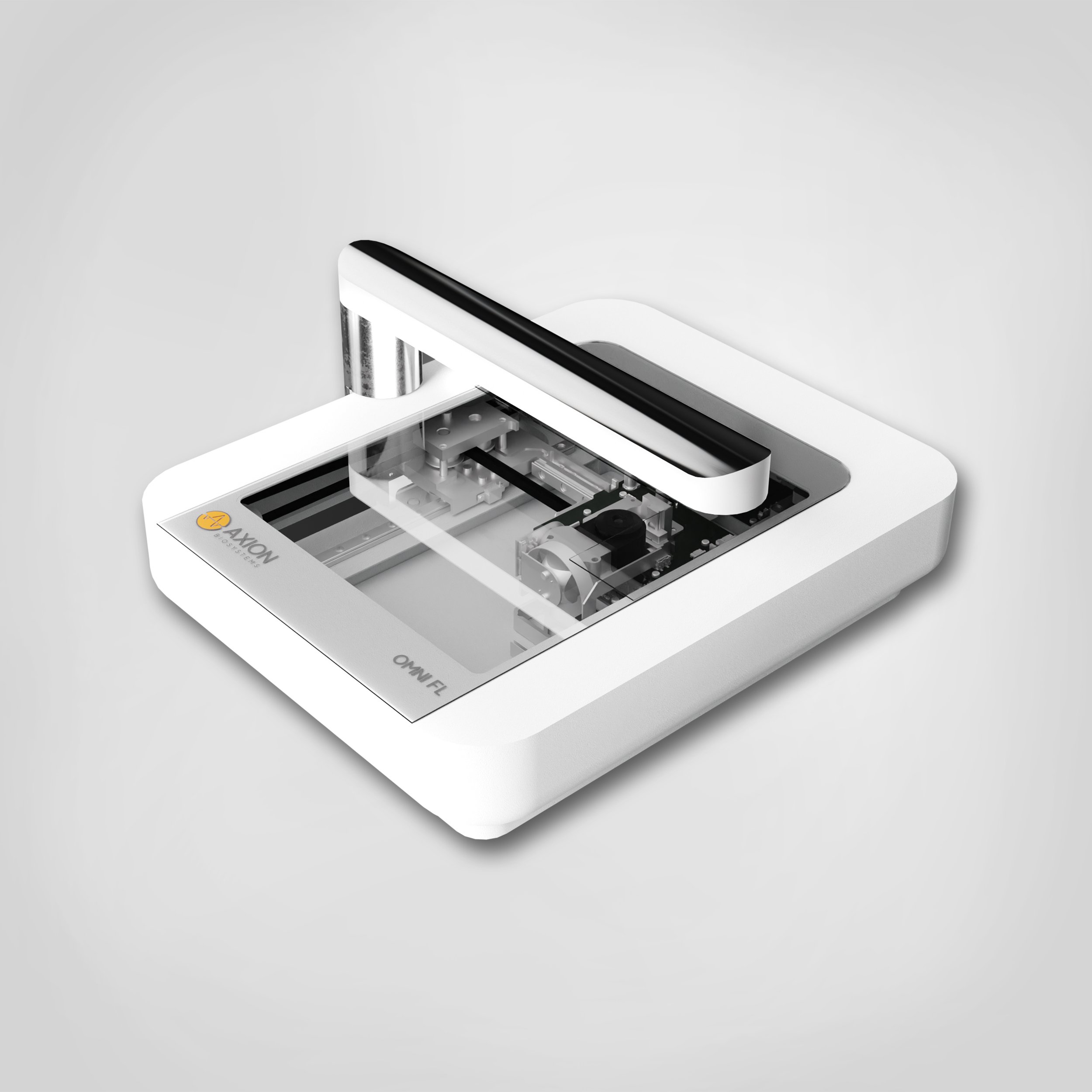
Cross-compatible Platforms
The Maestro TrayZ system has cross-compatibility with:
Omni™ – Compliment your impedance assays with whole-plate images of your cultures. View electrode coverage and culture health over time with just a few clicks in AxIS Z. Compatible with the Omni and Omni Pro 12™ systems.
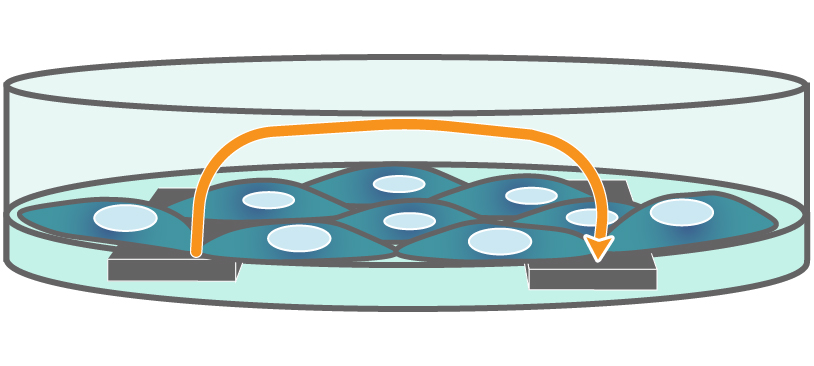
Impedance Technology Explained
Impedance-based cell analysis is a well-established technique for monitoring the presence, morphology, and behavior of cells in culture. Impedance describes the obstruction to alternating current flow. To measure impedance, small electrical currents are delivered to electrodes embedded in a cell culture substrate. When cells are present and attached to the substrate, they block these electrical currents and are detected as an increase in impedance.
